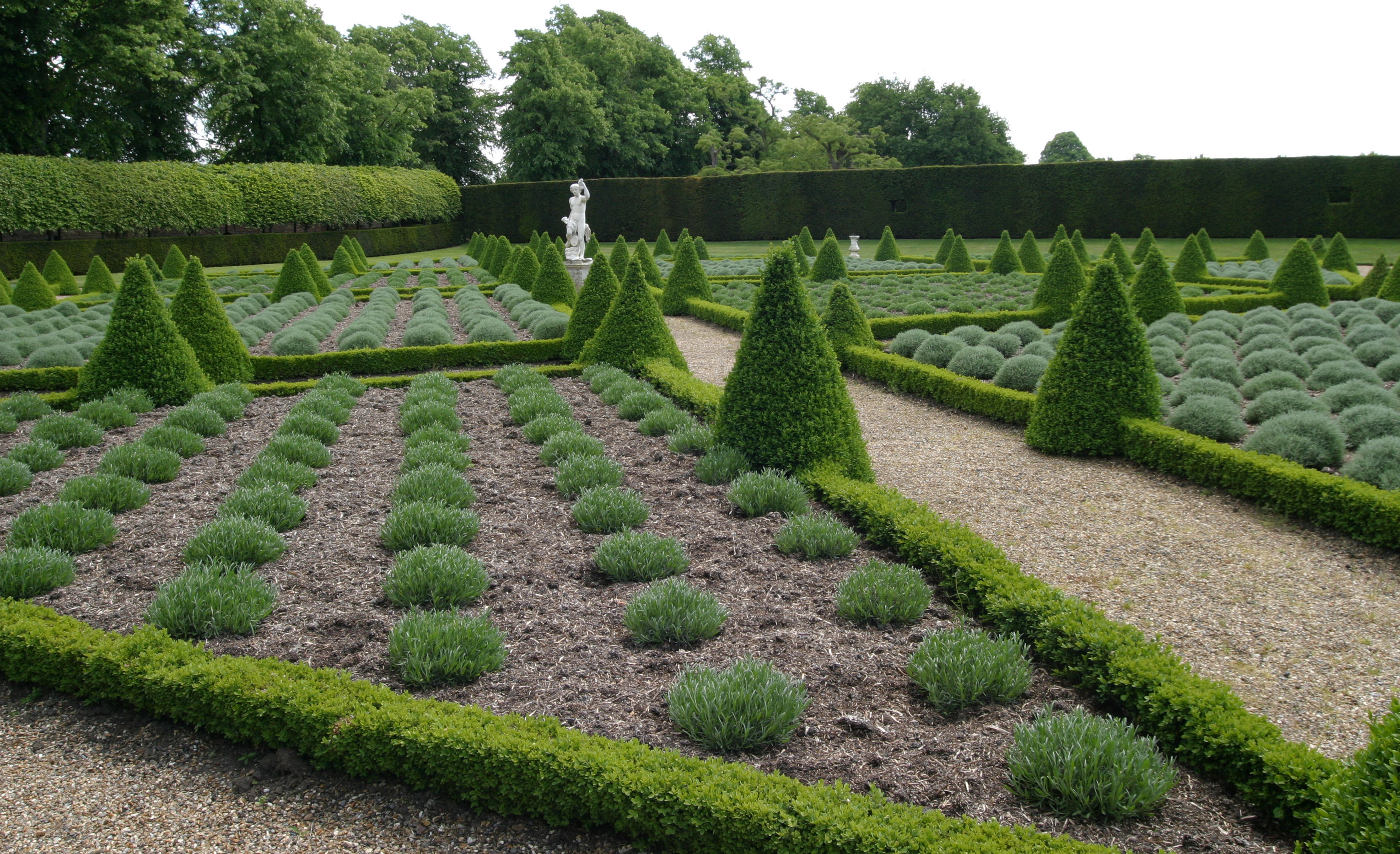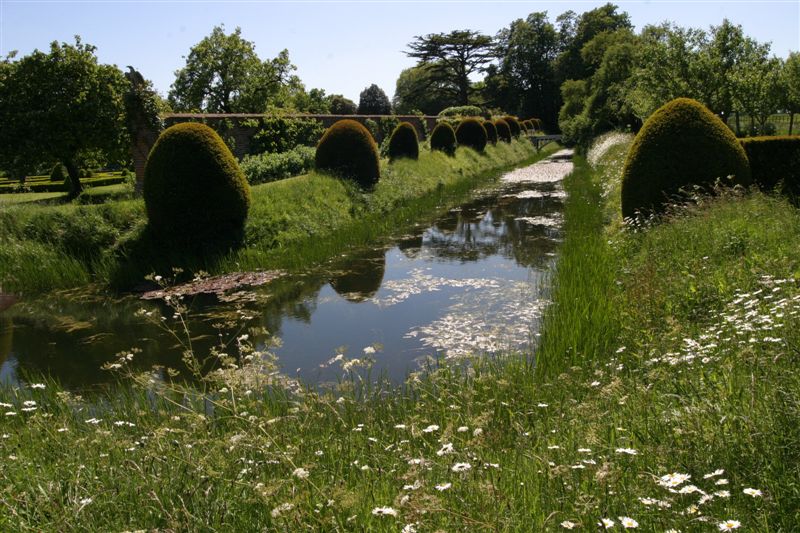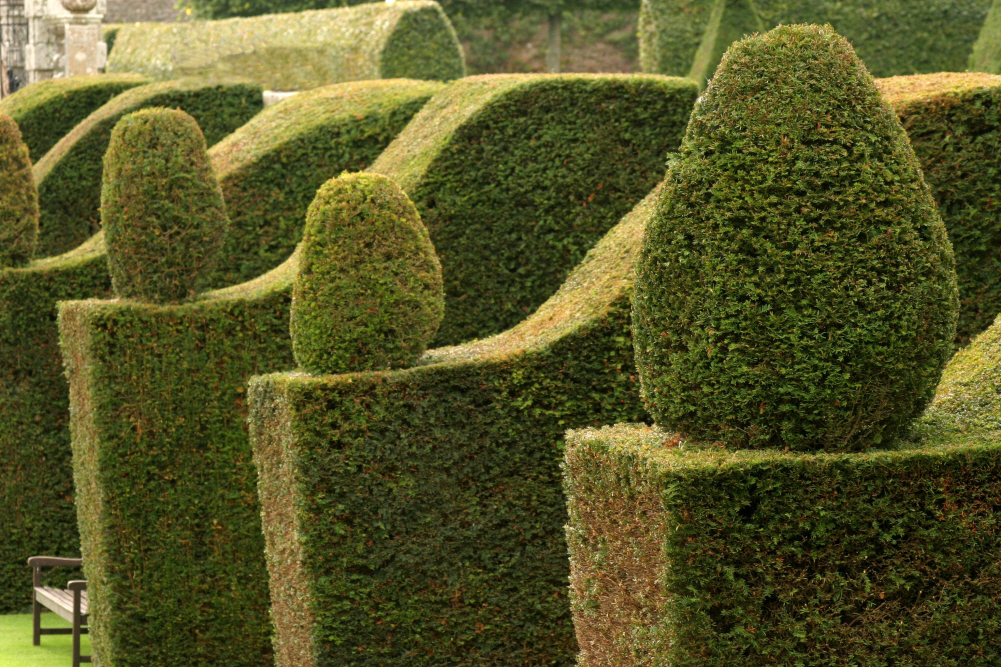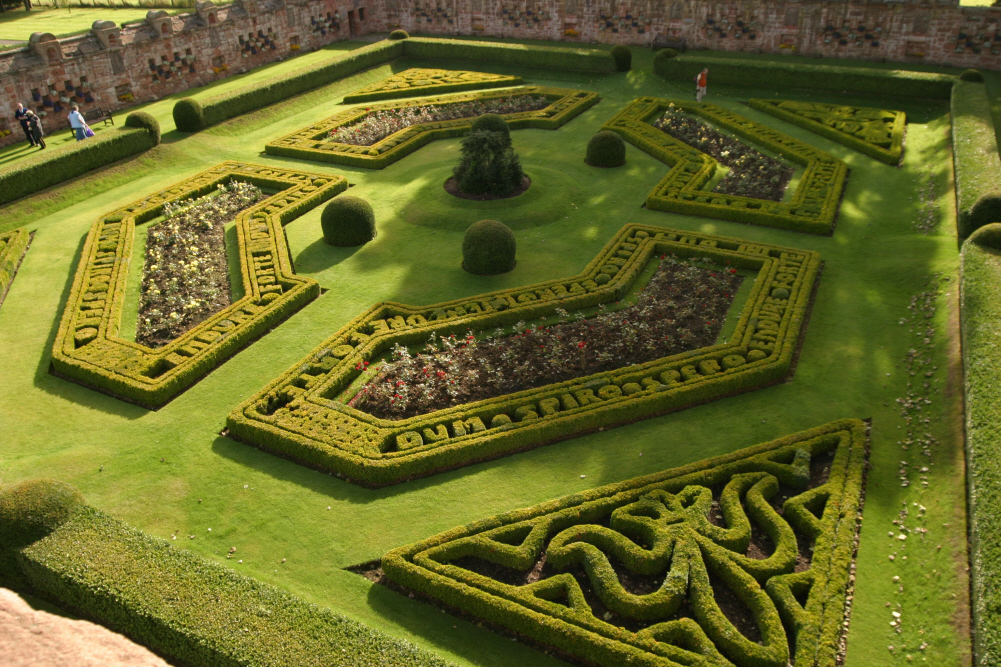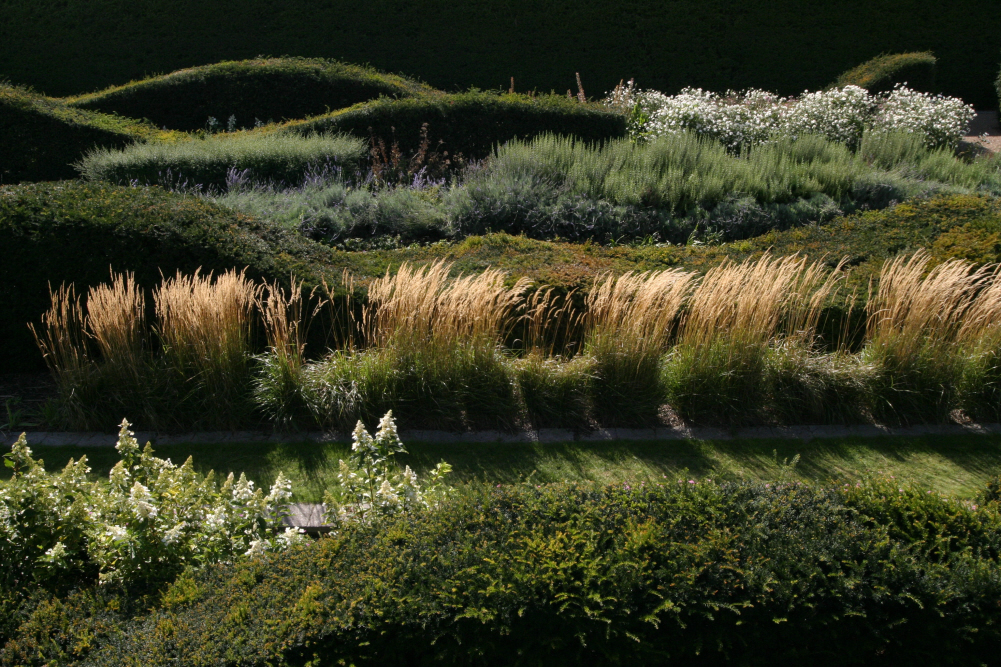‘Design’ is of course a huge subject and there are as many designs available in gardens containing topiary as there are designers, in fact probably far more. Views and ideas expressed by designers will also differ so there is no absolutely correct method of designing a ‘topiary garden’. However many ideas relating to structure and form are similar and here the ideas of one particular designer are put forward.
Topiary is an incredibly versatile medium and can enhance the look and feel of any garden from the tiniest backyard to a sprawling country estate. And it’s not only formal gardens that benefit from the addition of this living art or green architecture.
A London evening newspaper has very recently (April 9th 2008) reported that “The hot trend at the Chelsea Flower Show this year is shaping up to be topiary. Garden designers are rediscovering the versatility of clipped evergreens, as well as recognising that diaphanous planting goes adrift without the anchorage of some permanent punctuation.”
The Garden Footprint
Clipped hedging, formal or freeform, can be used to emphasise the underlying layout or plan of a garden e.g. lawns, pools and pathways or individual ‘rooms’. Key features such as changes in level, entranceways, path junctions and vistas are highlighted through the thoughtful positioning of geometric pieces-simple domes, spheres, cones and obelisks. In formal settings particularly, identical topiary elements are often paired or lined up to create a visual rhythm.
Textural Contrast
With its bold lines, angled facets and solid surface texture, topiary catches the light just like a piece of garden sculpture or masonry. Bright sunshine emphasises the shadows, bringing out surface detail. Setting topiary against a backdrop of natural forms and chaotic planting emphasises contrast further and creates visual treats. You might, for example, plant a series of box domes to rise from a sea of lavender or juxtapose a formal hedge, perhaps with topiary ‘finials’ or embellishments, with a wild flower meadow.
Mirroring
Topiary is often used to reflect and emphasise architectural features of the house or garden. Formal hedging may be clipped with buttresses, niches and alcoves, even formed into a colonnade. Mirroring decorative features such as sculpture adds drama and often humour, especially when the copy is in sight of the original.
View from Above
Ground patterns created with low hedging e.g. knots and parterres, look stunning when viewed from above, so make the most of vantage points offered by raised decks, terraces or upstairs rooms. Patterns can be highly geometric or created using swirling curves and are defined simply with contrasting gravel or by infilling with planting.
Freeform
The informal organic clipping and shaping shrubs, trees, even ivy on a wall, is becoming more and more popular though topiary reflecting natural forms such as rolling hills or clouds has been a feature of Eastern topiary for centuries. Avant garde topiarists are also using landforms clothed in turf to create large scale works.
Thanks are due to Jenny Hendy, author of ‘A Practical Guide to Topiary’ Aquamarine 2008, for providing the text for this section. Further ideas on this subject you can be found in the website, under Information– Garden Designers/Specialists, a small list of website addresses for certain designers some of whom are members of EBTS. This list will be extended in the future.

